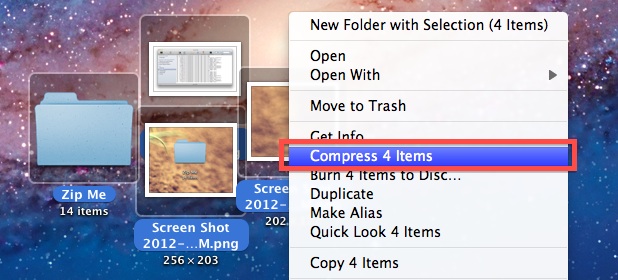
In the past, recovering a file from a corrupted folder was tricky and unprofessional. The scenario is now different because of Recoverit (IS) for Mac (or Recoverit (IS)).The software is capable of scanning a corrupted folder, hard disk, partition, and any other device, and selects an appropriate recovery mode to retrieve the maximum files from the disk. The most popular method used in packing files together in one folder is zipping them. The end result could be in a 7z, RAR or zip format. A user simply downloads a single ZIP file, unzips it and gain access to the contents of the file instead of separately downloading the whole bunch of files. However, most ZIP files are password-protected.
Zip Software to Compress Files & Folders Quickly & Easily
Fast & EfficientCreate new ZIP files quickly

Popular FormatsOpen all major archive formats
Keygen for element 3d mac os. Drag & DropEasy drag & drop functionality
Encrypt & ProtectPassword protect ZIP files
| Express Zip is one of the most stable, easy-to-use and comprehensive file archive and compression tools available. Create, manage and extract zipped files and folders. Reduce file space needed by zipping big files before sending them to family, friends, coworkers and clients. |

| Express Zip Features
|
Free Zip Files For Mac Os
File Archiving and Compression
CompressCreate, Compress and Zip Files
 Unzip
UnzipOpen and Extract File Archives
Zip File Software For Mac
 Encrypt
EncryptEncrypt and Password Protect
Files you download from the Internet are often compressed or zipped so that they take up less space and arrive much faster than files that haven’t been compressed. You can easily identify compressed files by their extensions, such as .zip (a common standard used in OS X and Windows) and .sit. Before you can use these files, you must learn how to unzip files on mac computers for proper access – luckily the process isn’t that complicated!
How to unzip files on mac computers
Unzipping a file on a mac computer is user-friendly and intuitive. To unzip files on a mac, simply follow the steps below:
- Double click the zipped file.
- The file will automatically be decompressed by Archive Utility into the same folder the compressed file is in.
- Access the extracted files by clicking the appropriate icons.
Alternatively, if the method above does not work, you can right-click on the .zip package, and select Open With > Archive Utility (default).
Apple and third party software
Apple used to include a program called StuffIt Expander to decompress zipped files, but doesn’t now that OS X lets you unzip files (but not .sit files). However, StuffIt from SmithMicro Software still comes in handy for opening other types of compressed files, notably the .sit or .sitx compressed types. Go to www.stuffit-expander.com or www.stuffit.com/mac/index.html to download a free version of the software or to splurge for the Deluxe version. In addition to compressing files, StuffIt Deluxe lets you encrypt and back up files.
Make A Zip File Mac
Meanwhile, you can archive or create your own .zip files through OS X, which is useful if you’re e-mailing a number of meaty files to a friend. Right-click (or Ctrl-click) files you want to compress inside Finder and choose Compress Filename. The newly compressed files carry the .zip extension. The archive is created in the same location as the original file and is named originalfilename.zip. You can also choose File→Compress. If you compress a lot of files at once, the archive takes the name Archive.zip.
By default, compressed files are opened with the Archive Utility. It appears in the Dock (in Leopard) while the files are being unsqueezed, unless you choose to open them with Stuffit Expander or some other program.
How to zip files on a mac
On the flip side, you can also archive or create your own .zip files through OS X, which is useful if you’re e-mailing a number of meaty files to a client or friend. Follow the step-by-step instructions below to easily zip files on a mac:
- Right-click or Ctrl-click the multiple files you want to compress (whether on the desktop or inside the Finder).
- Select Compress Filename from the pop-up menu.
- The files are now compressed in a .zip extension and the archive is created in the same location as the original file name, except with the .zip appended to its name.
On some Apple computers, you can also compress a file by simply choosing File→Compress. If you compress a lot of files at once, the archive takes the name Archive.zip.
